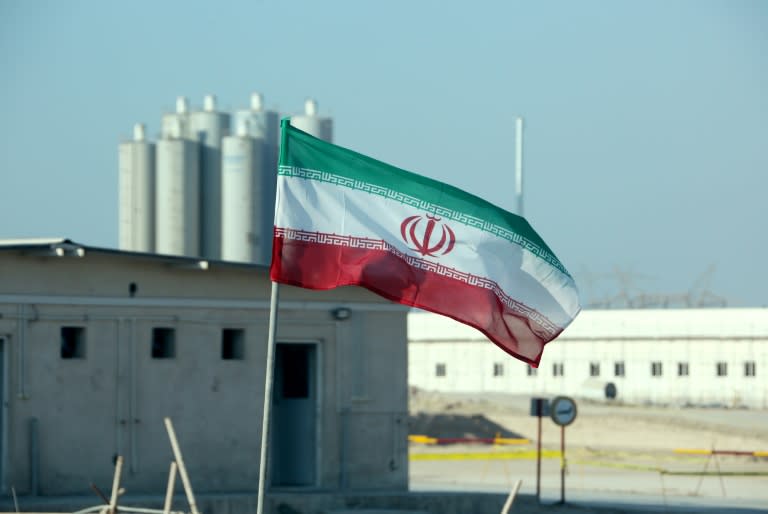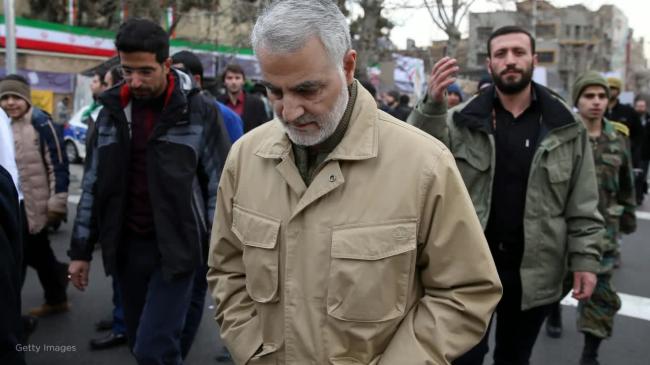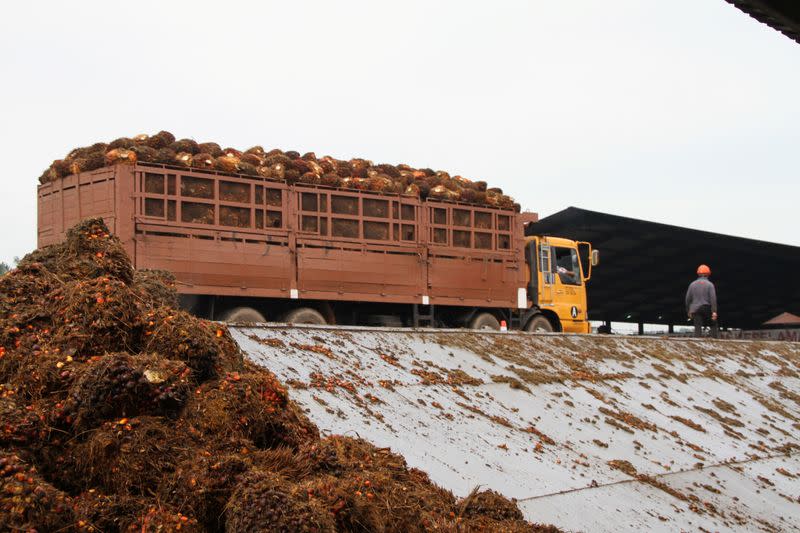Hong Kong politician vows to return to the streets after being pepper-sprayed in the eyes
Nicola Smith,
The Telegraph•January 8, 2020

Anti-government protesters are arrested on New Year's Day - REX
A Hong Kong legislator who was temporarily blinded after a riot officer lifted his protective goggles to fire pepper spray directly into his eyes on New Year’s Day has vowed to return to the frontlines of the months-long pro-democracy movement to record allegations of police brutality.
“It was very painful and I lost my sight for half an hour. Not totally – it was like I can’t open my eyes, I can’t cry. I didn’t lose my sight completely as I could see blurred images, but it was horrible to have someone guide me,” Ted Hui said of the moment he was pepper-sprayed in a downtown shopping district.
Mr Hui, a Democratic Party politician, is one of several members of the city’s parliament, the Legislative Council, who have risked injury and arrest while trying to deescalate conflict between the riot police and anti-government demonstrators who have rallied in the streets since June.
He said it saw it as his duty as a “public officer” to hold the police accountable during the protests, which began in opposition to a controversial extradition bill, and to get firsthand information to follow up on mounting accusations of the excessive use of force by officers.
now : Riot police just attacked Legislative Councillor Ted Hui Chi-fung and then pepper spraying citizens and journalists pic.twitter.com/rGtn2xU5xH
— Studio Incendo (@studioincendo) January 1, 2020
“I want the public to feel that members of parliament are with them. I don’t want them to feel isolated,” he said in an interview.
The altercation began during a police clearance operation after the authorities abruptly cancelled a mass rally of an estimated one million people calling for more democratic rights, ordering them to disperse in under an hour.
According to Mr Hui, he was challenging the police to allow reporters to witness the arrest of a young man they had surrounded and pinned down after riot officers charged through Causeway Bay, a crowded shopping area. Hundreds were detained that night in one of the largest mass arrests since the protests began.
“I told them that if you are not abusing your power then you should allow the world to watch your actions. Of course, they ignored me and started warning me, pointing pepper spray at me,” he said.

A Hong Kong legislator who was temporarily blinded after a riot officer lifted his protective goggles to fire pepper spray directly into his eyes on New Year’s Day has vowed to return to the frontlines of the months-long pro-democracy movement to record allegations of police brutality.
“It was very painful and I lost my sight for half an hour. Not totally – it was like I can’t open my eyes, I can’t cry. I didn’t lose my sight completely as I could see blurred images, but it was horrible to have someone guide me,” Ted Hui said of the moment he was pepper-sprayed in a downtown shopping district.
Mr Hui, a Democratic Party politician, is one of several members of the city’s parliament, the Legislative Council, who have risked injury and arrest while trying to deescalate conflict between the riot police and anti-government demonstrators who have rallied in the streets since June.
He said it saw it as his duty as a “public officer” to hold the police accountable during the protests, which began in opposition to a controversial extradition bill, and to get firsthand information to follow up on mounting accusations of the excessive use of force by officers.
now : Riot police just attacked Legislative Councillor Ted Hui Chi-fung and then pepper spraying citizens and journalists pic.twitter.com/rGtn2xU5xH
— Studio Incendo (@studioincendo) January 1, 2020
“I want the public to feel that members of parliament are with them. I don’t want them to feel isolated,” he said in an interview.
The altercation began during a police clearance operation after the authorities abruptly cancelled a mass rally of an estimated one million people calling for more democratic rights, ordering them to disperse in under an hour.
According to Mr Hui, he was challenging the police to allow reporters to witness the arrest of a young man they had surrounded and pinned down after riot officers charged through Causeway Bay, a crowded shopping area. Hundreds were detained that night in one of the largest mass arrests since the protests began.
“I told them that if you are not abusing your power then you should allow the world to watch your actions. Of course, they ignored me and started warning me, pointing pepper spray at me,” he said.

Riot police fire tear gas in central Hong Kong on New Year's Day Credit: Kyle Lam/Bloomberg
But he was “astonished” when an officer snapped off his protective plastic glasses to spray his eyes twice with a stinging peppery substance, pushing him and causing him to stagger backwards from the pavement to the road.
The incident, during which spray was also fired into the crowd, was witnessed by multiple media outlets, including the Telegraph, and recorded in videos which have since gone viral.
The police have frequently denied using more force than is permissible during protest operations.
Kong Wing-cheung, a senior superintendent, claimed in a press conference that Mr Hui had refused to leave and refused to go back to the pavement, reported the Hong Kong Free Press.
“He displayed passive resistance and kept on arguing. Our colleague warned him that pepper spray would be used to disperse him,” Mr Kong said.

But he was “astonished” when an officer snapped off his protective plastic glasses to spray his eyes twice with a stinging peppery substance, pushing him and causing him to stagger backwards from the pavement to the road.
The incident, during which spray was also fired into the crowd, was witnessed by multiple media outlets, including the Telegraph, and recorded in videos which have since gone viral.
The police have frequently denied using more force than is permissible during protest operations.
Kong Wing-cheung, a senior superintendent, claimed in a press conference that Mr Hui had refused to leave and refused to go back to the pavement, reported the Hong Kong Free Press.
“He displayed passive resistance and kept on arguing. Our colleague warned him that pepper spray would be used to disperse him,” Mr Kong said.

An estimated one million people marched on New Year's Day Credit: Kyle Lam/Bloomberg
“He was wearing a pair of goggles – we don’t know if that was the reason he wasn’t afraid of our pepper spray. That’s why our colleague pulled off his goggles and used pepper spray to make the dispersal operation more effective,” he added.
For Mr Hui, the pain lasted through the night, causing him to seek hospital treatment. “It’s not only the eyes, but also the hair and the hands because I was trying to cover my face. My hands were sprayed very seriously. It burns the worst in the hands,” he said.
“I felt that the aim was to hurt my eyes, not to disperse people. It was out of hatred, out of anger, totally unprofessional,” he alleged.
Acknowledging that the police were also “overloaded”, he said he would continue to attend the protests undeterred.
“It’s also a gesture that I want the police or the government to know that no matter how you hurt me you can never defeat us, there are still many of us and that we are brave enough, we are not backing down, just like the young ones in the streets,” he said.
“He was wearing a pair of goggles – we don’t know if that was the reason he wasn’t afraid of our pepper spray. That’s why our colleague pulled off his goggles and used pepper spray to make the dispersal operation more effective,” he added.
For Mr Hui, the pain lasted through the night, causing him to seek hospital treatment. “It’s not only the eyes, but also the hair and the hands because I was trying to cover my face. My hands were sprayed very seriously. It burns the worst in the hands,” he said.
“I felt that the aim was to hurt my eyes, not to disperse people. It was out of hatred, out of anger, totally unprofessional,” he alleged.
Acknowledging that the police were also “overloaded”, he said he would continue to attend the protests undeterred.
“It’s also a gesture that I want the police or the government to know that no matter how you hurt me you can never defeat us, there are still many of us and that we are brave enough, we are not backing down, just like the young ones in the streets,” he said.
---30---




 Getty
Getty


 Jeremy Corbyn asked by Sky News if he considered General Qassem Soleimani a terrorist. (Getty)
Jeremy Corbyn asked by Sky News if he considered General Qassem Soleimani a terrorist. (Getty)




